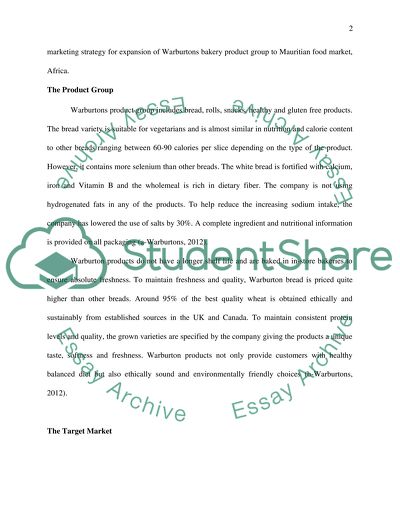Cite this document
(“Global Marketing in the Context of National Environmental Issues Essay”, n.d.)
Retrieved de https://studentshare.org/marketing/1442577-global-marketing-in-the-context-of-national
Retrieved de https://studentshare.org/marketing/1442577-global-marketing-in-the-context-of-national
(Global Marketing in the Context of National Environmental Issues Essay)
https://studentshare.org/marketing/1442577-global-marketing-in-the-context-of-national.
https://studentshare.org/marketing/1442577-global-marketing-in-the-context-of-national.
“Global Marketing in the Context of National Environmental Issues Essay”, n.d. https://studentshare.org/marketing/1442577-global-marketing-in-the-context-of-national.


